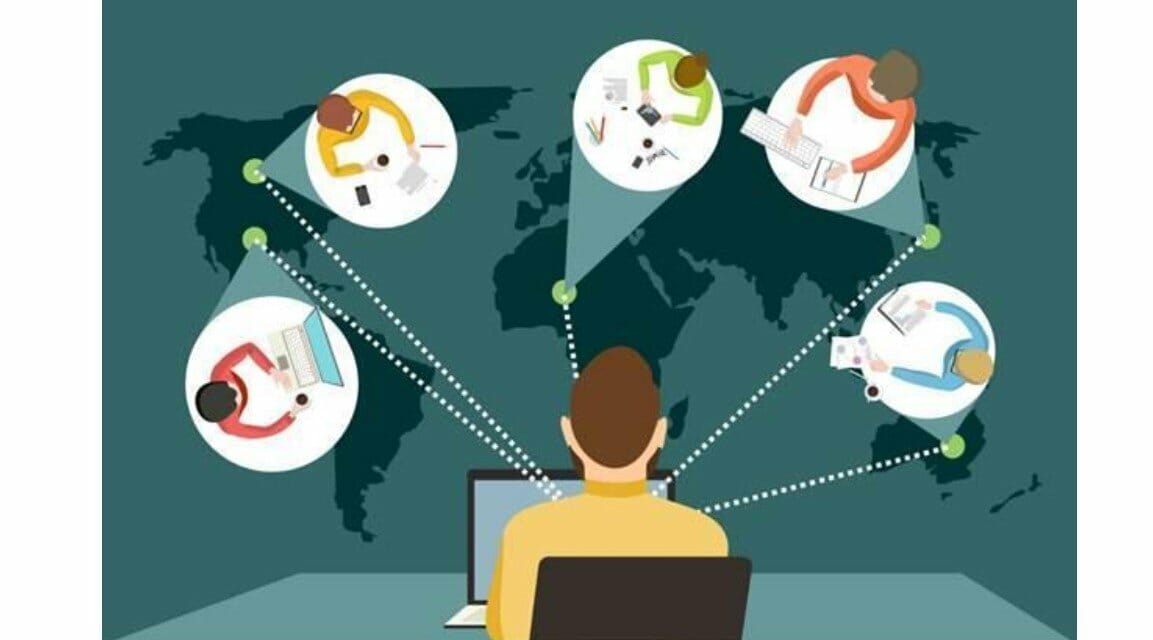The 21st century can safely be called the century of technology. Nowadays, all teenagers and students are directly connected to their devices and other equipment. Many consider this a problem, but with the right approach, it can bring significant benefits both to an individual student and to the education system as a whole.
Online study can be extremely effective due to the ability to analyze data on students and change the process in the right direction based on the results of this analysis. The shortest path from the digital footprint to the learning process’ transformation is paved by artificial intelligence technologies. Auto proctoring is a great option for knowledge control and workflow automation.
What Is Proctoring, and Where Is It Used?
Despite the active development of this technology in the last few years, the term itself is still new and incomprehensible to many people. Nevertheless, the general definition may sound like this: proctoring is an automated procedure for monitoring and controlling a remote test.
Proctoring was born in e-learning: it was necessary to use technology to check students taking online exams to ensure that they didn’t cheat. Now it’s developing not only in education but also in HR — the results of online tests for personnel should also be protected from possible falsifications.
How the proctoring session is organized depends on the provider, but the essence remains unchanged. The system collects data from the respondent’s camera, microphone, and computer screen, analyzes the testing process, confirms identity and records possible violations. And as a result, it provides the testing organizer with a video recording and an assessment of the reliability of the results obtained.
What Technologies Are Used in an Online Proctoring System?
The program analyzes a large amount of incoming data, namely:
- Videos;
- Audio;
- Events in the respondent’s browser.
To do this, AI-based proctoring systems are used — a class of artificial intelligence methods — special algorithms and trained models that are able to detect violations in real time.
How Does the Proctoring System Work?
The service is designed to automatically monitor and prevent the following common violations:
- Substitution of the respondent. The program will distinguish one person from another based on the original profile photo and report the substitution. In disputable cases, the organizer can refer to the video recording.
- Cheating with the help of electronic or physical media. The program notices the person’s absence in the frame. Moreover, the system tracks the direction of a person’s gaze, making sure that the focus doesn’t change. Attempts to change the active application and browser tabs are also recorded.
- Hints. The technology tracks background noise and the presence of a stranger in the frame.
- Content theft. Attempts to copy and save test tasks are blocked.
The control system increases the reliability of online testing. Of course, proctoring can be outsmarted. However, people don’t dare to break the rules simply because they know about control. In this sense, proctoring can be compared to enforcement cameras on the roads, which by their very presence reduce the number of accidents by up to 80%.
Automatic Proctoring
In general, proctoring systems are divided into three types — synchronous, asynchronous, and automatic. The first two types assume the presence of a specially trained person. They define the employee’s identity, monitor compliance with all procedures, and, if necessary, give comments.
Automatic or online proctoring doesn’t require the person’s presence. The process is controlled by artificial intelligence from beginning to end. This greatly simplifies the organization and costs much less. In addition, this option is characterized by high efficiency and accuracy of verification of completed works.
Why Are AI-based Proctoring Systems a Great Option in Modern Education?
As mentioned above, such systems have a serious psychological effect on the students or employees who take the test. If people know that they will be monitored during testing, they’ll approach training more responsibly. This means that the level of their professional knowledge and the effectiveness of online classes will be higher.
Here are five more advantages to using electronic proctoring during training:
- Saving time and money. To organize offline testing, you need to find a room and attract people who will control the process. With online testing, it’s enough to connect and configure proctoring once to get no less reliable results.
- Scalability. Thousands and even tens of thousands of employees or students can be tested at the same time.
- No stress. Some employees may give incorrect answers due to fear of exams. Taking tests in a familiar environment is much more comfortable, which means that stress will not affect the result.
- The absence of the human factor. Personal relationships between students and supervisors can distort test results. A loyal inspector may “not notice” a violation, but with artificial intelligence, this is impossible.
- Rapid results. The algorithm will instantly check the answers and filter out suspicious moments that can be viewed manually.
Thanks to the active development of technologies and the improvement of released systems, proctoring is gaining more and more trust among users from different fields.
Technology makes cheating difficult, which forces exam takers to use only their knowledge. All this allows us to maintain a high level of honesty and the results’ reliability!















